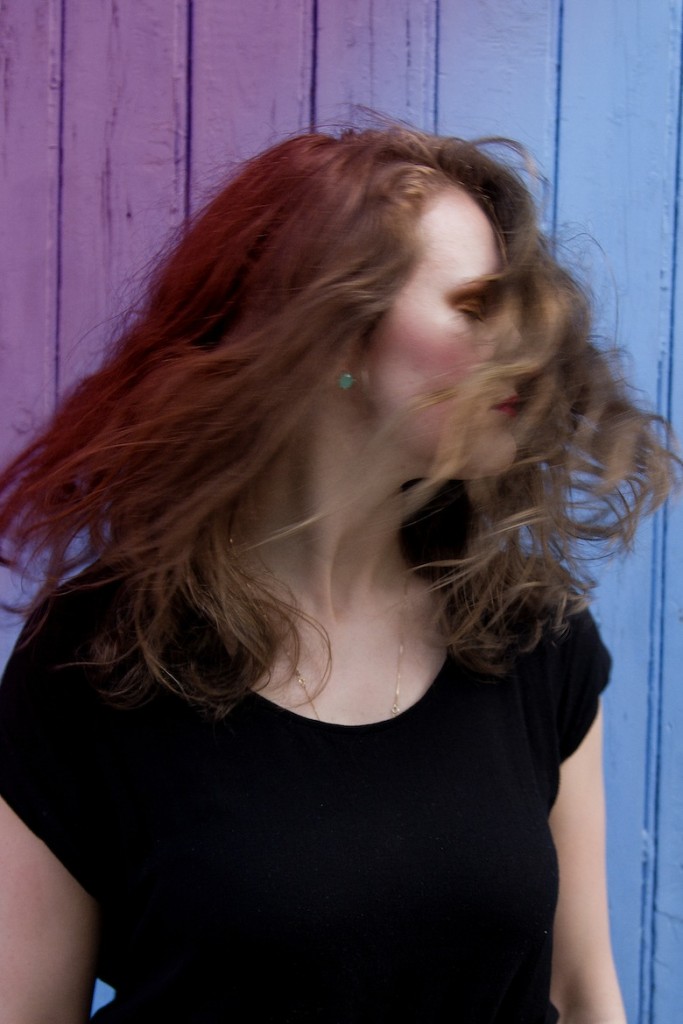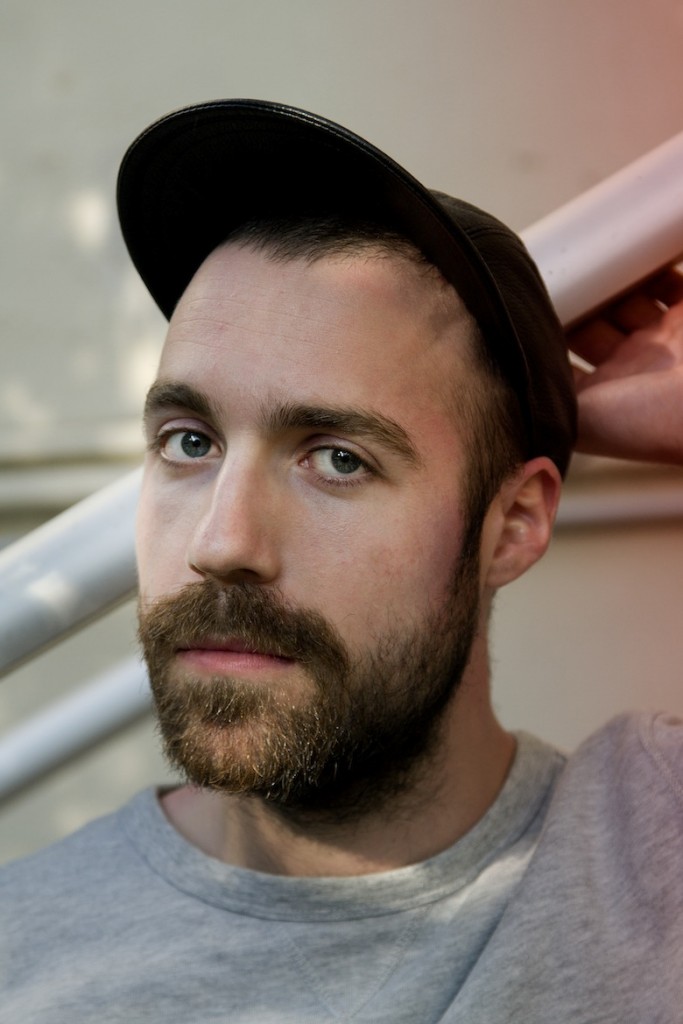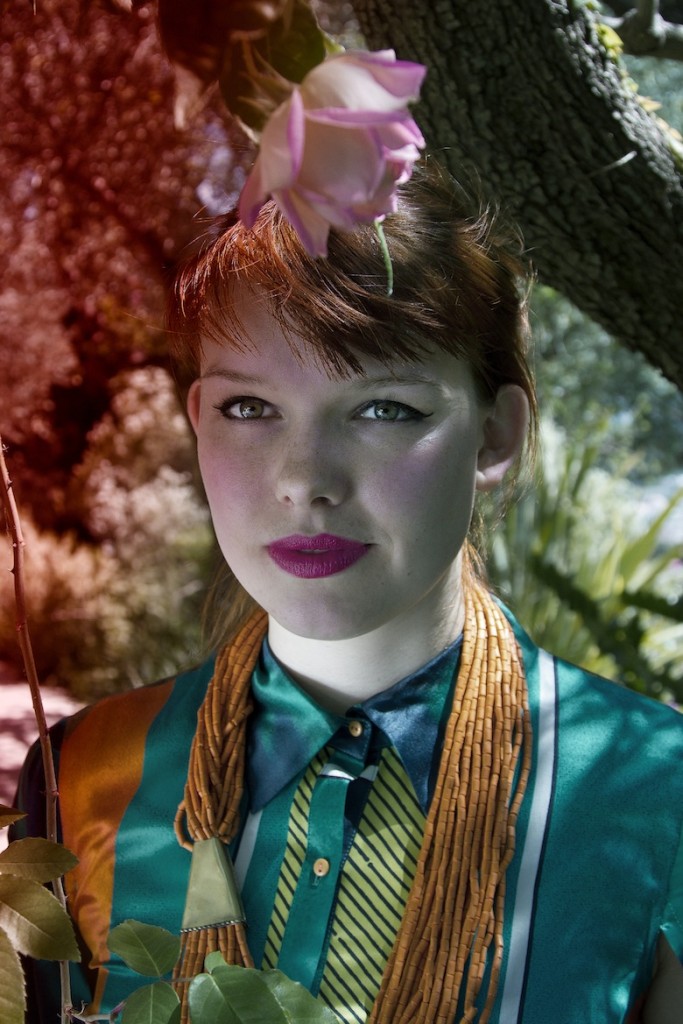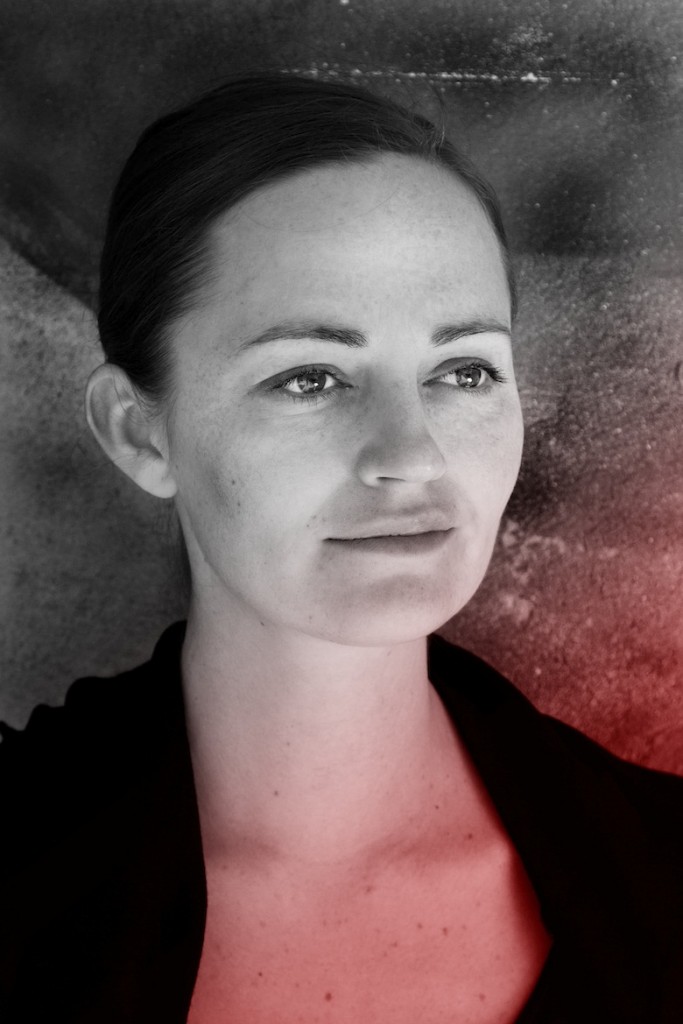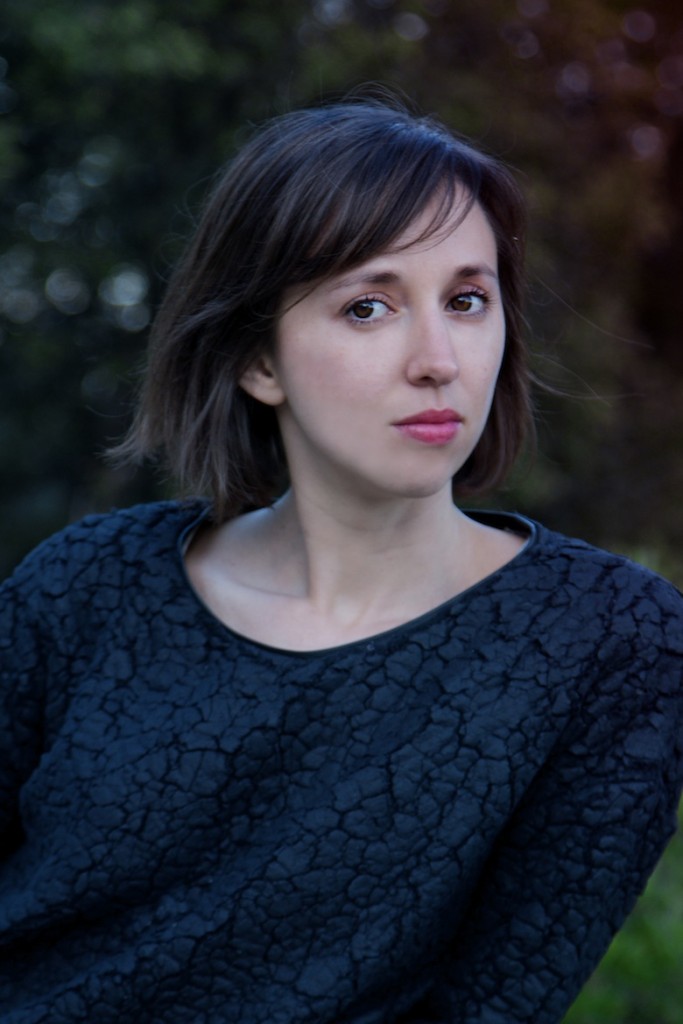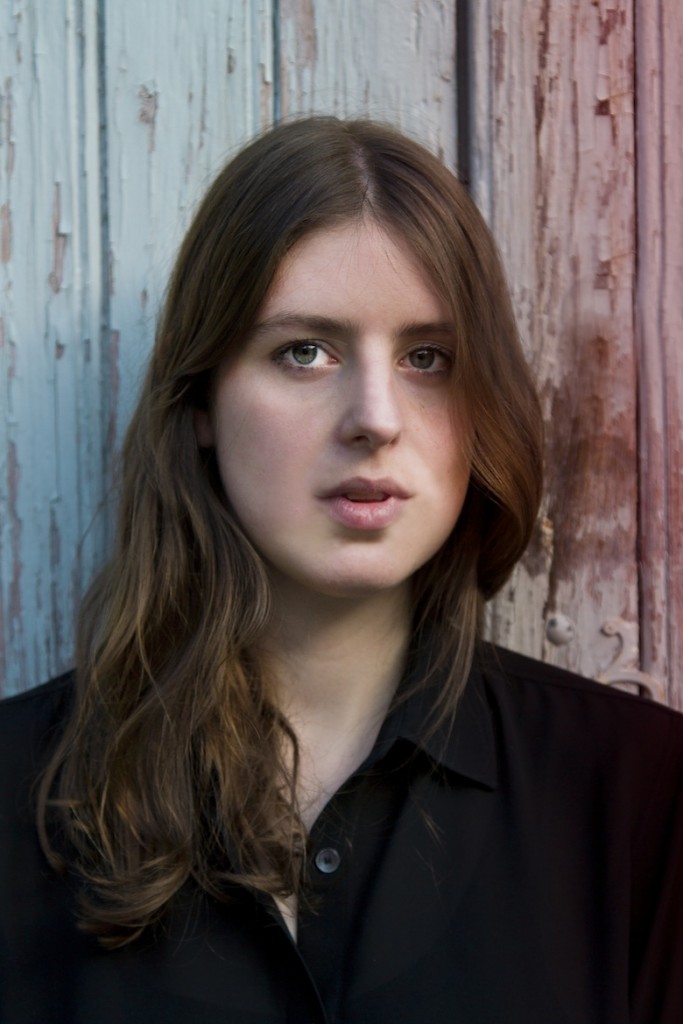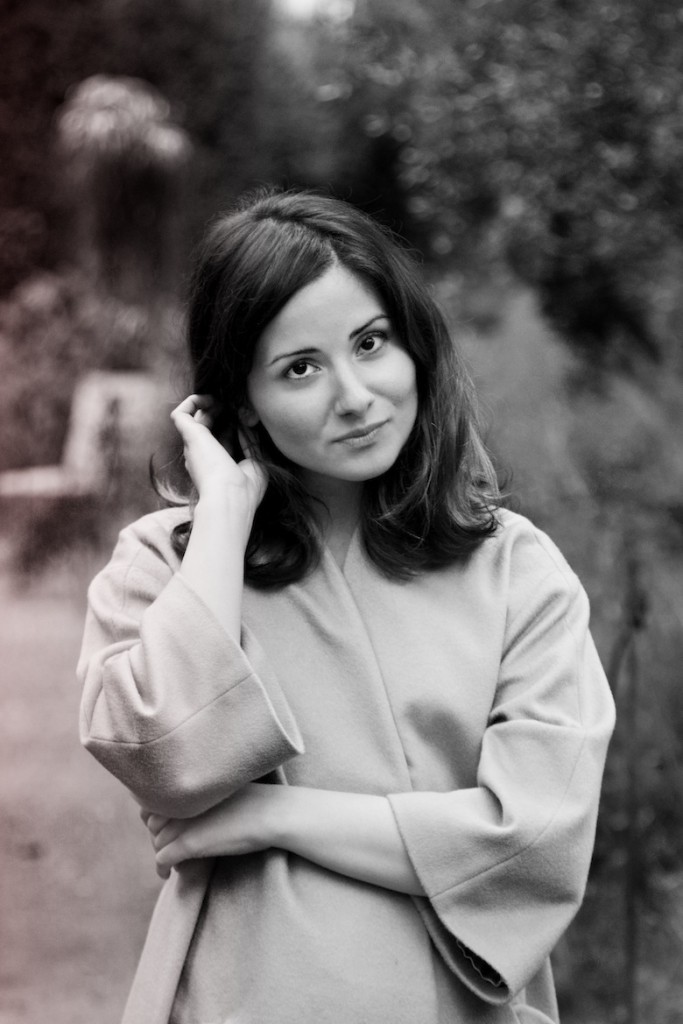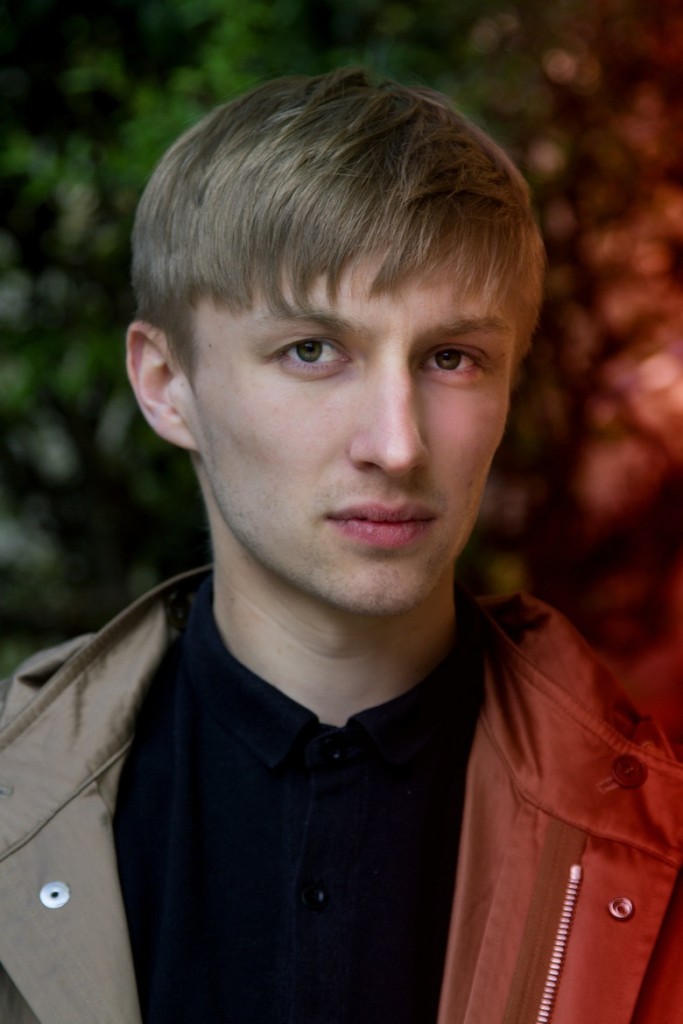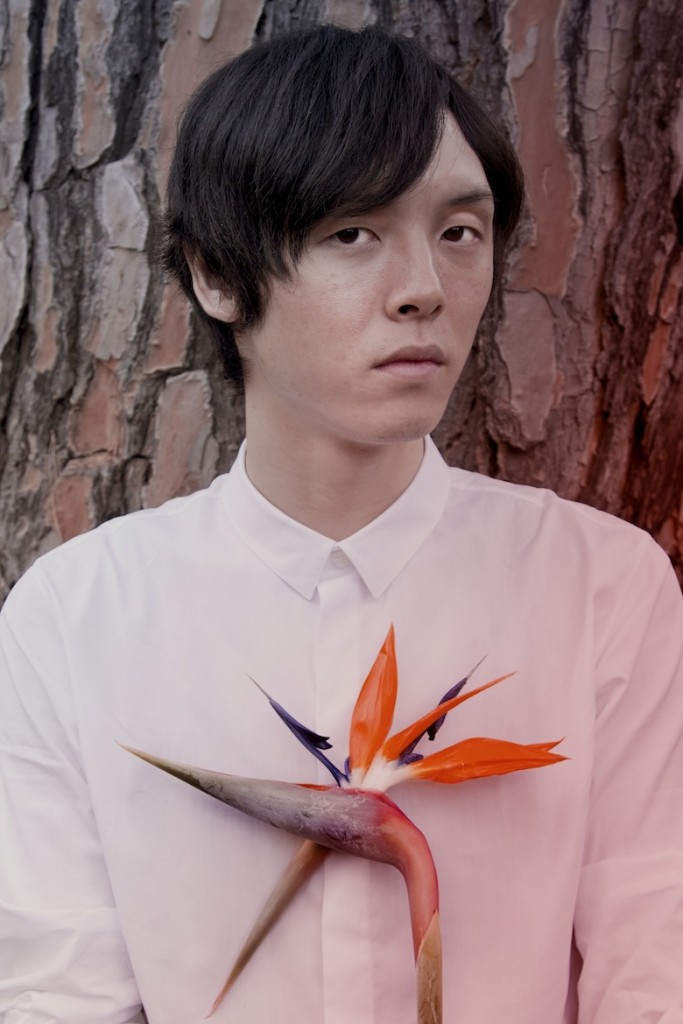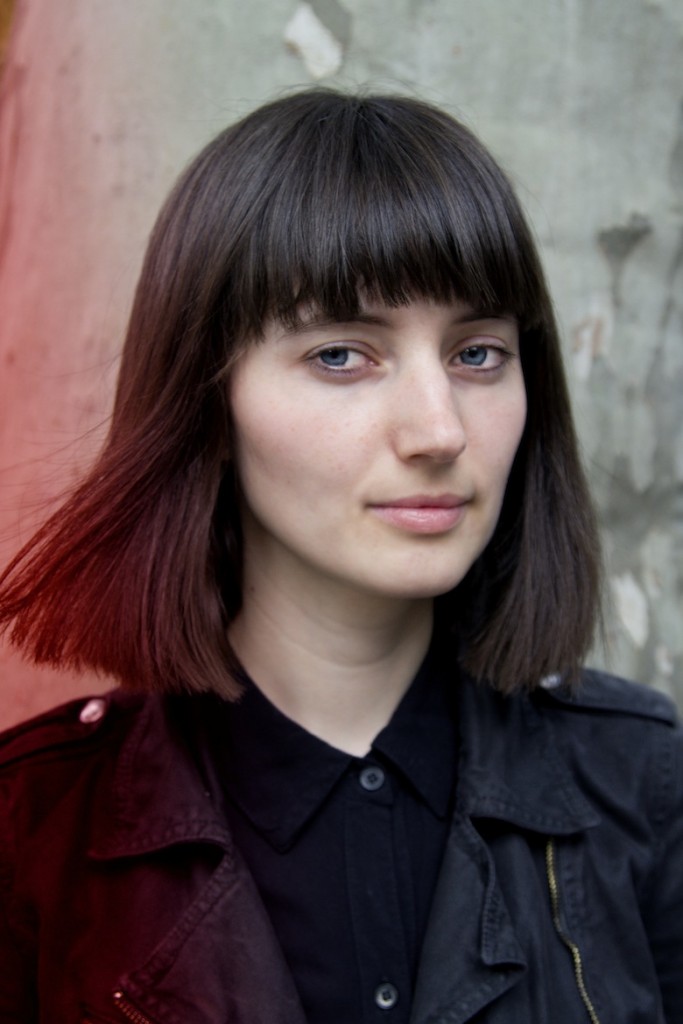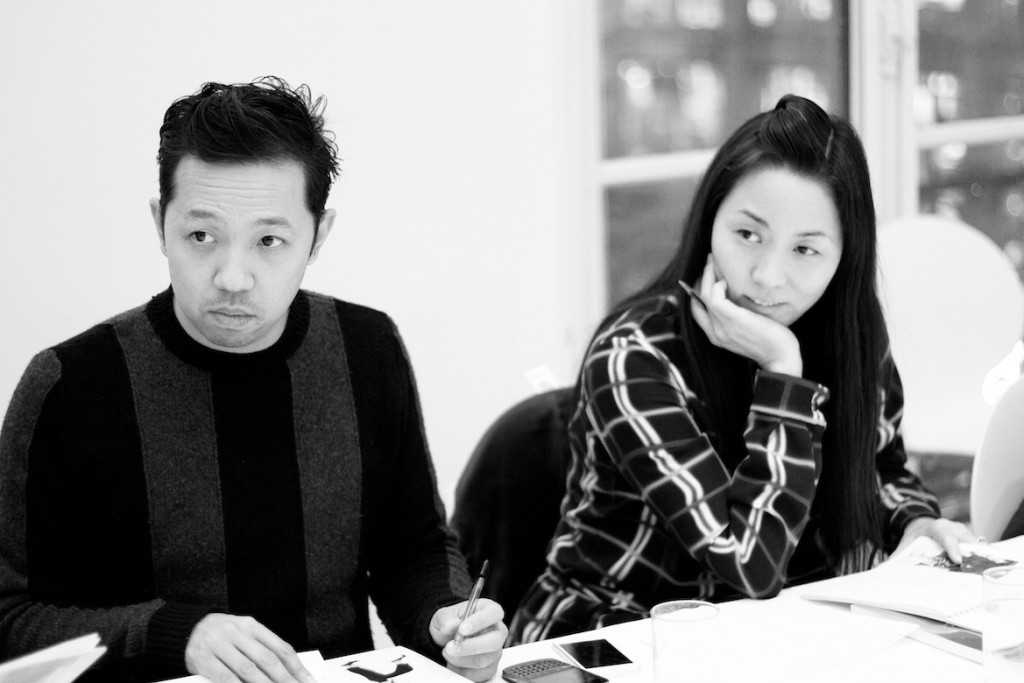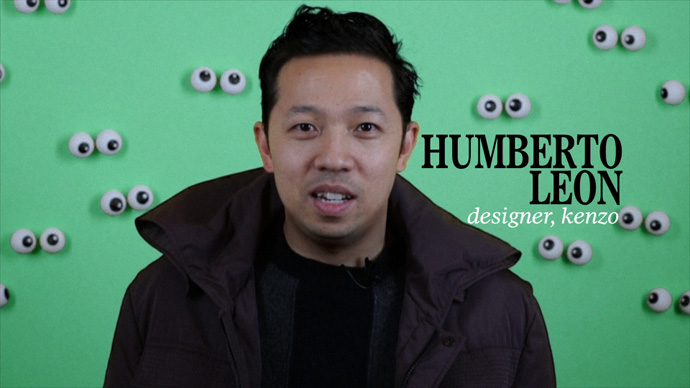-

#AllEyesOnHyeres2014: Meet the 10 Competing Designers
-In preparation for their meeting with the Design Jury, the 10 Competing Designers hurried around making last-minute adjustments and consulting with stylists, while The Stimuleye spent some time getting to know each candidate.
Herewith, a selection of video, photography, and text that offer brief introductions to each of these talented young designers.
All Photos by Filep Motwary
Marit Ilison
Who are you? Your age, your origin, your background, type of collection?
My name is Marit Ilison, I’m 29 years old and live and work in Tallinn, Estonia. I have a diploma in pattern making and I studied one year as an exchange student at Danish Design School before receiving my MA degree in Fashion Design from the Estonian Academy of Arts in 2008. Since then I have been working as a freelance artist and designer, creating in the fields of conceptual art, fashion, costume design, site-specific installations, perceptional experiences and exhibition design. I also teach and play drums in a psychedelic band.How would you describe Hyères in three words?
Palms, unreal, friendly.What has been your favorite part of the process so far?
Meeting like-minded people and collaborating with small local artisans in Tallinn. It is so wonderful how so many people have believed in my work and helped me to execute it.What is your collection about? Please explain your inspiration and starting point, and how it has evolved in the process.
Regardless of the discipline, my main goal is always to create memorable experiences and I always start from a feeling I want to create or an idea I want to express. Longing for Sleep is inspired by my haunting wish to sleep during the dark wintery time called kaamos. Kaamos is a word only know in Estonian and Finnish and it’s referring to the time from November to January when the days are very short and it barely gets light. On one side I would only like to stay in bed and daydream at that time, but on the other side I feel conscience pricking me, which reminds that I should actually be working instead of sleeping. To materialize the feeling I’ve created a collection using original vintage Soviet woolen blankets.In what ways you think participating in a Festival like Hyeres will help you in the future?
It is a truly unique chance to present my work to wider audience and get the spotlight on it. I am looking forward to meet like-minded people and find exciting future collaborations in fashion design, site-specific installations and experiences.Louis Gabriel Nouchi
Who are you? Your age, your origin, your background, type of collection?
My name is Louis Gabriel Nouchi. Im french, I’m 26 years old. I live in Brussels. I’m studying at La Cambre.How would you describe Hyères in three words?
Intense, exciting, sunny.What has been your favorite part of the process so far?
To see my clothes worn by a real model.What is your collection about? Please explain your inspiration and starting point, and how it has evolved in the process.
I’ve made a collection about the movie Princess Mononoke from Hayao Miyasaki and the notion of balance between opposite forces that have to live together in harmony.In what ways you think participating in a Festival like Hyeres will help you in the future?
I hope it will help me to meet professionals and create contacts for whatever is going to happen after school.Liselore Frowjin
Who are you? Your age, your origin, your background, type of collection?
My name is Liselore Frowijn, I am 22 years old and I come from the Netherlands. I graduated Cum Laude less then a year ago at ArtEZ Institute of the Arts in Arnhem, the Netherlands, on my bachelor fashion design. I designed a collection womenswear which is about the contrast between sportswear and luxury with the use of self designed fabrics.How would you describe Hyeres in three words?
I would describe Hyères as exciting, energetic, and a creative meltingpot.What has been your favorite part of the process so far?
Regarding to the festival I think my favorite part of the process so far is to meet all the other designers and creatives, being together in the villa and working hard to create a beautiful festival.What is your collection about? Your inspiration and starting point and how it has evolved in the process.
My collection ‘’Afternoon Of A Replicant’’ is about the clash between sportswear and luxury, which is based on the cut-outs of Matisse. By cutting and pasting with paper, I created cut out-suits for women of my time. Above these suits are pieces of artisanal fabrics with self-designed prints, hand-painted or embroidered. The silhouettes are voluminous and layered. The transparency of fabrics causes an eclectic play-a-long between background and foreground: a fresh kind of luxury is the result.In what ways you think participating in a Festival like Hyeres will help you in the future?
I hope that Hyeres will bring me the right connections to help my career a level up in the fashion industry. I would like to work as a fashion designer womenswear in a house in for example Milan or Paris to gain more experience. Later on, I would like to have my own brand. By being part of this Festival all ten finalist are really put on the radar, a lot of people will notify our work, which can be very helpful.Agnese Narnicka
Who are you? Your age, your origin, your background, type of collection?
My name is Agnese Narnicka, I am from Latvia, Riga city. I received an M.A. from the Art Academy of Latvia in 2009. I have enriched my knowledge and experience in Accademia di Belle Arti di Brera, Italy, Milano. After graduating I started to work on my own label One Wolf. I will present menswear collection “Repair man.” Collection has urban shapes and multi layered look.How would you describe Hyeres in three words?
Bloom, Team, FutureWhat has been your favorite part of the process so far?
My speech rehearsal :}What is your collection about? Your inspiration and starting point and how it has evolved in the procedure.
The Inspiration for collection “Repair man” comes from my personal experience in 2012 when I was doing repair-works in my apartment. During this period I met several craftsmen whose personalities influenced the making of collection and are reflected in its characters. By taking off the old paint, by coating walls, painting, grinding and applying tiles I discovered many textures, colours and combinations of different materials.In what ways you think participating in a Festival like Hyeres will help you in the future?
The Hyères festival provides an opportunity to show my creations to a wider audience and to get new contacts. I really appreciate this opportunity!Coralie Marabelle
Who are you? Your age, your origin, your background, type of collection?
My name is Coralie Marabelle, I am French and I am from Paris. I am presenting a womenswear collection for the Hyères Festival.How would you describe Hyeres in three words?
Exciting, surprising, promising.What has been your favorite part of the process so far?
So far i have really enjoy discovering the Villa Noailles. It’s an amazing place full of history. I feel super excited to work in this place where so many amazing artists have come before.What is your collection about? Your inspiration and starting point and how it has evolved in the process.
My collection is inspired from a picture of persian sheep shearers in 1952. Inspired by a very masculine outfit, I dreamt of a very feminine woman.In what ways you think participating in a Festival like Hyères will help you in the future?
I think the Hyères festival gives us a lot of visibility which is amazing. It also give us the opportunity to meet a lot of people from the fashion industry.Anne Kluytenaar
Who are you? Your age, your origin, your background, type of collection?
My name is Anne Kluytenaar, I am 27 years old and I am from the Netherlands. My collection is menswear.How would you describe Hyères in three words?
Inspiring, exceptional, fun!What has been your favorite part of the process so far?
My favourite part so far was making the fabrics and creating embroidery.What is your collection about? Please explain your inspiration and starting point, and how it has evolved in the process.
I was inspired for my concept when my father told me one evening that he would continue to live life as a woman. She was not aware of the physical difference between women and men and would wear all the volume on the shoulders and wear a slim pencil skirt with it which augmented her masculine shape. To me the house of Chanel is a perfect example of luxurious elegance with a clear silhouette. Also their rich fabric and details were very inspiring.In what ways you think participating in a Festival like Hyeres will help you in the future?
It has opened me up to broader possibilities in the international fashion scene, allowing me to showcase my work to a wide audience and connect with industry professionals as well as like minded designers.Roshi Porkar
Who are you? Your age, your origin, your background, type of collection?
Roshi Porkar, 25, Vienna, women’s wear.What is your collection about? Please explain your inspiration and starting point, and how it has evolved in the process.
Feminine, fancy. fancy. The theme of the collection is based on a series of little statutes of stone, known as the Bactrian Princesses. I worked around the woman’s body, exaggerating the conventionally desired form for a woman’s body.
How would you describe Hyères in three words?
Exciting, emotional, exhausting.What has been your favorite part of the process so far?
Getting to know all the talented contestants and the jury members.In what ways you think participating in a Festival like Hyeres will help you in the future?
I just hope to be busy for the next few years.Pablo Henrard
Who are you? Your age, your origin, your background, type of collection?
My name is Pablo Henrad, I’m belgian and I just finished studying at La Cambre. I am presenting a menswear collection called Maelstrom.How would you describe Hyeres in three words?
Exciting, exhausting, and crazy.What has been your favorite part of the process so far?
To meet and to get to know all the contestants.What is your collection about? Your inspiration and starting point and how it has evolved in the process.
I worked on the darkness and the mystery of the untouched oceanic abyss. I questioned the notion of elegance, sensuality and sophistication in the masculine wardrobe.In what ways you think participating in a Festival like Hyères will help you in the future?
It surely helps because of all the interesting people we met here, the new connections and all the professionals.Kenta Matsushige
Who are you? Your age, your origin, your background, type of collection?
My name is Kenta Matsushige, I’m 25 years old, I’m from Yamaguchi in Japan. I studied fashion 2 years in Osaka and 2 years in Paris. Now I working as a freelance designer and modelist (pattern maker) in Paris. My collection is a womenswear collection.How would you describe Hyères in three words?
Nature, meeting people, collaborations.What has been your favorite part of the process so far?
All the process is really important for me, to create my own universe and work on volumes, fabrics, and find technical details or construction.What is your collection about? Your inspiration and starting point and how it has evolved in the process?
My collection was inspired by minimal structure, nature serenity, and traditional elements. I tried to find a balance between their confrontations.In what ways you think participating in a Festival like Hyères will help you in the future?
Hyeres gives me opportunities to collaborate with professionals and meet people who understand me and help me to create my universe. It will help me to create my own brand in the future.
Yulia Yefimtchuk
00 -

#AllEyesOnHyeres: Humberto Leon and Carol Lim of KENZO, presidents of the fashion jury
-American designers Humberto Leon and Carol Lim surged into the global spotlight in 2002, as the co-founders of New York City’s preeminent boutique, Opening Ceremony. With its keenly curated selection of luxury brands, the shop quickly attracted the attention of the fashion world at large, and in July 2011, Leon and Lim were appointed as the creative directors of Parisian label KENZO.
Humberto Leon and Carol Lim, by Filep Motwary.
The strong friendship shared by this creative duo dates back to their years at UC Berkeley in California, where they met as students in early 2000. After a decade of successful project launches and hotly anticipated collaborations with other labels and designers, they continue to challenge fashion habits and to conceive new methods of design.
Today, both are enthralled by the KENZO spirit, which they perceive as a lifestyle all its own, and the label is shaped by the singular creativity born of their partnership. The originality and diversity of patterns and prints, the bright colours, music and rhythms of disparate cultures from around the world are all inspirations behind KENZO’s revival: under the guidance of Leon and Lim, it strives to achieve a universality which will seduce men and women of all ages.
Fashion has been a catalyst and playground for socio-cultural movements. Today’s trends are tracked from street to runway and back again at such speed that subcultures can barely exist beyond the brands. In what way do you feel today’s fashion is relevant?
Fashion has and always will be one of the easiest ways people can express themselves. We love drawing inspiration from everything around us: culture, art, music, food, travel, and from seeing what people are wearing on the streets. Today’s fashion, the product of a more connected world, is extremely relevant for what KENZO stands for today. That connectivity is what brings people together: streetwear melding with tailoring, night and day, comfort and style. All of these elements and more make fashion right now an extremely exciting place to be.
Do you think that something originally pegged as a luxury fashion brand could evolve into something that ends up being a mainstream feature? Is it a good thing being mainstream or not?
What some people seem to forget is that KENZO as a brand was never intended to be “luxury.” Kenzo Takada, when he founded the brand, dreamt of creating collections accessible to the street. We feel that mainstream isn’t a negative word and that mainstream fashion can still be heavily design oriented. KENZO has always been democratic, and since joining the company in 2011, we wanted people to remember this. Mainstream usually means something collectively appreciated and that is something we like to celebrate. We would love for KENZO to be a household name around the world.
Carol Lim, by The Stimuleye.
Do you think it’s always advisable for designers to be very visible, seemingly available to and engaged with their audience? Should relatability, especially in this age of social media and hyper connectivity, always be a goal? How should a designer understand himself or herself in relation to the consumer?
It really depends on the brand. For us at KENZO we love engaging with the customer because that is where you see if your collections are something people will want to buy and wear. We want people to understand who we are as a company, and in order to do that, we have to understand who they are as clients. Social media gives us a direct link to our customers and we love being able to have a dialogue with them. They can ask questions, discover more about our world and become a part of the KENZO community.
Humberto Leon, by The Stimuleye.
You’re surrounded by collaborators coming from very different directions. For KENZO, how important is the idea of “family,” and the creative exchange with its members?
It’s super important for us. Both at KENZO and Opening Ceremony we work with our friends. It creates an open dialogue and brings out the best ideas. Working with collaborators such as Spike Jonze or Chloe Sevigny, people we have known for such a long time, is a joy. It’s important to love what you do, and what could be better than brainstorming or working on projects with people you admire and respect on both a personal and professional level?
Talent is an obvious thing to look for in a contestant, but what other qualities do you think will be important to look for in a designer, right now, in 2014?
We will look for a strong point of view as well as for someone who understands the importance of the whole process of design. It is important to be able to understand the business aspects as well as all the creative ones. Also, we will look for someone who has both drive and a sense of humility.
What is the last thing you saw, read, heard or felt that stimulated you?
Carol: Nausicaa and the Valley of the Wind, an animated film by Miyazaki.
Humberto: Seeing The XX perform an 40 person intimate show in New York.
NOTE: Interview questions were put together by this year’s Hyères Festival Blog Partners:
Malibongwe Tyilo, Filep Motwary, Branko Popovic, The Stimuleye, Sean Santiago, The Kinsky.
